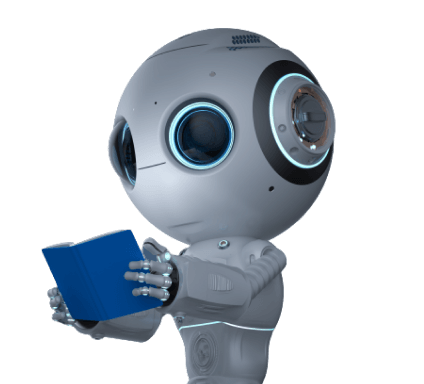Results for ""
College Profile
IISc aims to be among the world’s foremost academic institutions through the pursuit of excellence in research and promotion of innovation by offering world-class education to train future leaders in science and technology and by applying science and technology breakthroughs for India’s wealth creation and social welfare.
Top Courses in AI
- E0 334: Deep Learning for Natural Language Processing
- E0 238: Artificial Intelligence
- E0 268 Practical Data Science
- E0 270 Machine Learning
- E0 306 Deep Learning: Theory and Practice
- E1 246 Natural Language Understanding
- E1 254 Topics in Pattern Recognition
IISc is launching a two-year M.Tech. program in Artificial Intelligence, to fill the critical needs of the industry and fill the gap in high-end AI scientists and engineers. This program will be offered by the Division of EECS through the joint efforts of the Departments of CSA, ECE, EE, and ESE.
College Website : https://iisc.ac.in/
Key Intiatives

Machine Learning Special Interest Group

Machine Learning and Learning Theory Group

Machine and Language Learning lab (MALL)

Task agnostic Universal Adversarial Perturbations

Cross-Modal Retrieval

Using Statistical Mechanics to understand depth in Deep Networks

Fairness in an Algorithmic World

Neural programming and program analysis

AI/ML for Next Generation Communication Systems

ARTPARK

Digital Shadowing

Using neural networks to solve the equations

Stabilization parameter Prediction

Particle Deposition Prediction

ANNs for higher order hyperbolic problems






